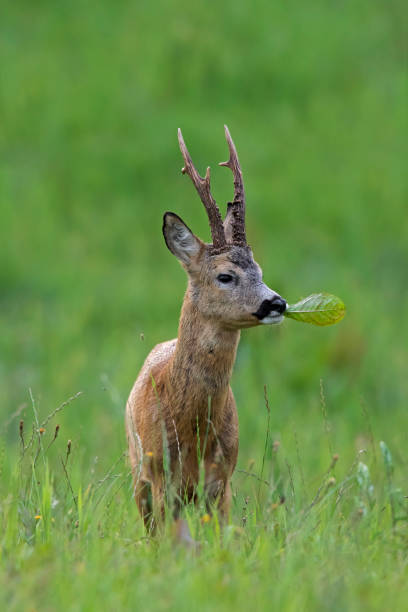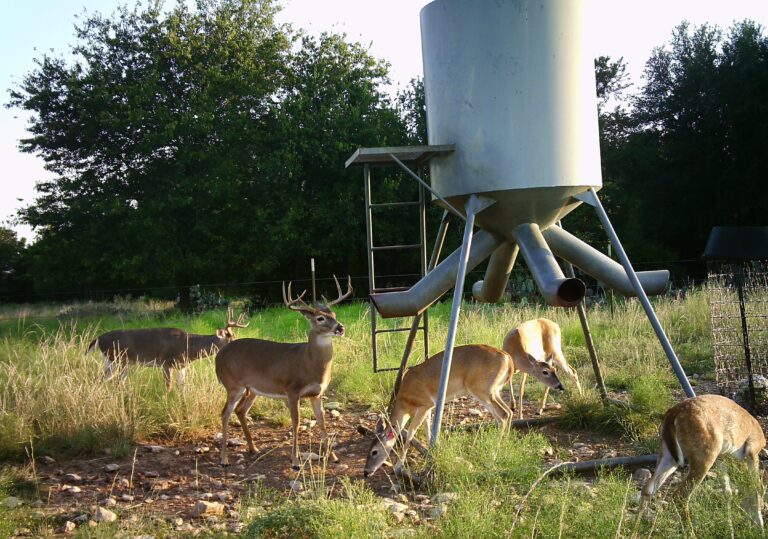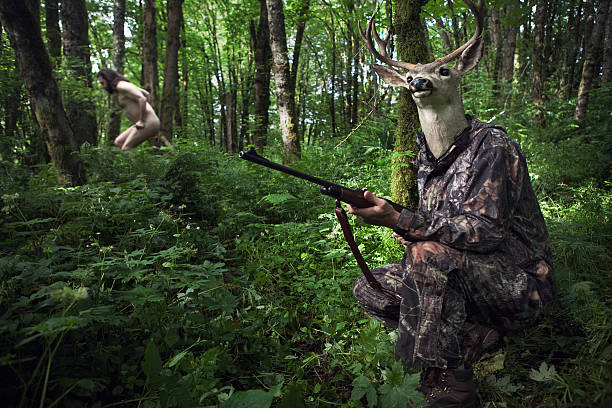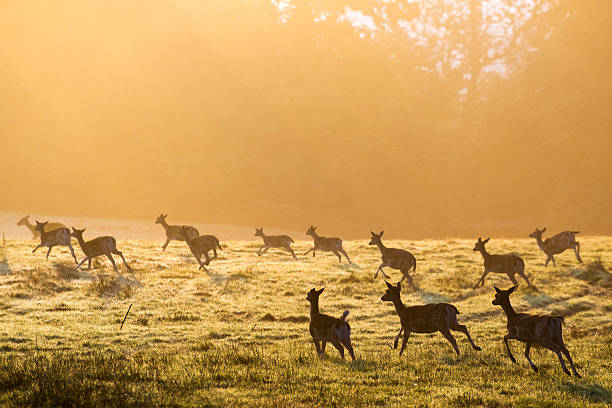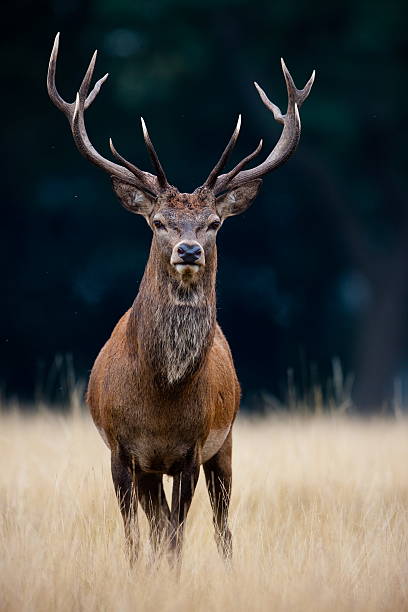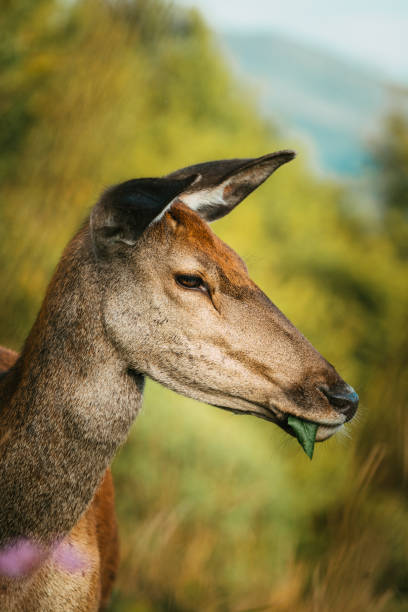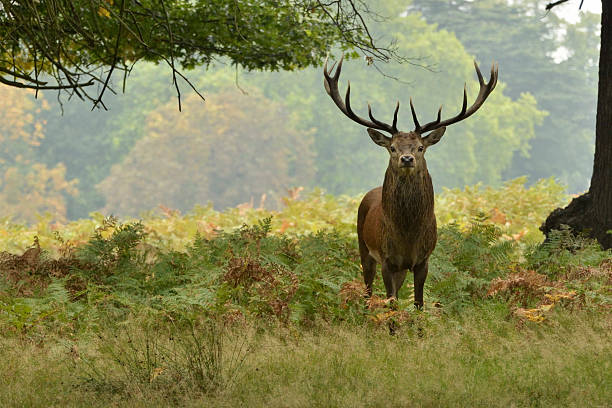Are Deer Herbivores? Understanding Their Dietary Habits
Are deer herbivores? The graceful and gentle presence of deer in our woodlands and meadows often leaves us with a peaceful and serene feeling, but have you ever wondered about their dietary preferences? Are deer herbivores, consuming only plant-based food, or do they occasionally venture into the realm of carnivores?
In this comprehensive exploration, we’ll delve into the dietary habits of deer, dispelling common misconceptions, and uncovering the role these magnificent creatures play in our ecosystems. Join us on this enlightening journey into the world of deer and their unique culinary choices.
Are Deer Herbivores?
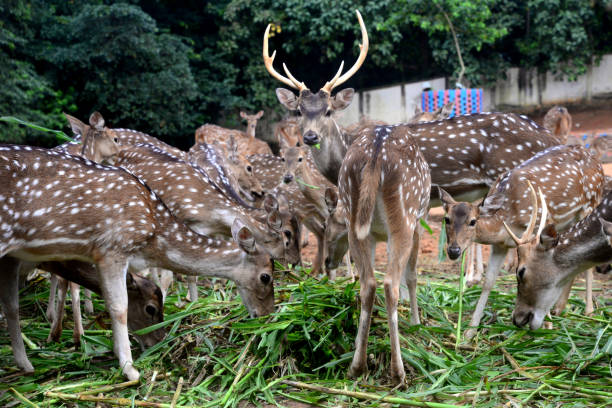
Yes, deer are herbivores. They primarily feed on plant material such as leaves, grass, shrubs, and even tree bark. Their diet consists of various vegetation, making them herbivorous animals that rely on plant-based food sources for their nutrition.
Do Deer Sometimes Eat Meat?
Although deer are usually herbivores, on occasion they have been seen eating meat. In general, deer are unlikely to behave in this way. When their normal plant-based food supplies become scarce, deer may resort to eating things like insects, bird eggs, and even small animal carcasses for survival.
Deer are not generally thought of as carnivorous, although incidents like this do happen on rare occasions. Vegetables make up the bulk of their diet, with meat consumption being the exception rather than the rule.
Read also: Do Deer Attack Humans? See Reasons
Why Are Deer Not Omnivorous?
Deer are not omnivorous because their biology, anatomy, and behavior have evolved to mostly eat plant-based foods, so deer do not qualify as omnivores. Several factors contribute to their herbivorous nature:
- Digestive System
A deer’s digestive tract is optimized to process the cellulose present in plant matter. They ferment and digest tough plant stuff with the help of their four-chambered stomach. Animal meat is not well suited to this digestive mechanism. - Teeth and Jaw Structure
Deer’s teeth and jaw structure are designed to help them grind and chew plant matter. It’s not easy for them to tear or cut through animal meat because they don’t have sharp, carnivorous teeth like true omnivores or carnivores do. - Evolutionary History
Over millions of years, deer species have evolved as herbivores, adapting to their environment and food sources. This evolutionary history has shaped their physiological and behavioral traits to focus on plant consumption. - Behavioral Traits
Deer act like other herbivores by grazing, munching on leaves and grass, and searching for food in the wild. They act and think more like herbivores do because of their inherent nature.
If Deer Are Herbivores, Why Did I See Them Eating Other Animals?
While deer are fundamentally herbivores, there have been rare instances where they’ve been observed consuming small amounts of animal material. These exceptions are typically driven by challenging environmental conditions, hunger, or specific nutritional deficiencies.
Deer may resort to opportunistic behavior, such as eating insects, bird eggs, or small animal carcasses when plant-based food sources are limited. Such behaviors, while noteworthy, don’t signify a shift toward omnivory. Deer’s primary adaptation is to a herbivorous diet, supported by their digestive system, dental structure, and natural behavior, which are all optimized for plant consumption.
These exceptional behaviors are survival strategies employed under extreme circumstances and do not represent a fundamental change in their dietary preferences.
Read also: Do Deer Eat Mushrooms? A Comprehensive Exploration
What Do Wild Deer Eat?
Wild deer eat a variety of foods, but most of their food comes from plants. What deer eat depends on the time of year, where they live, and the type of deer they are, but these are some things they usually eat:
- Grasses
- Forbs
- Shrubs and Small Trees
- Leaves
- Acorns and Nuts
- Fruits and Berries
- Agricultural Crops
- Mushroom
What Do Deer Kept in Farms/Zoo Eat?
It is common practice to provide a carefully managed diet to captive deer in zoos and farms. The specific diet can vary depending on the facility, the species of deer, and their individual requirements, but it commonly includes the following:
- Hay and Forage
- Commercial Pellets
- Browse and Leaves
- Fruits and Vegetables
- Grain
- Mineral Supplements
- Clean Water
The people who work at the zoo and farm work closely with the vets and nutritionists to make sure that the deer in their care get the right food. By giving these animals a controlled, well-balanced food, you can help keep them healthy and happy while still letting them follow their natural instincts and behaviors.
How Much Do Deer Eat in a Day?
Several factors affect how much food a deer needs each day. Between two and five pounds of grasses, forbs, shrubs, and leaves are typical daily fare for an adult deer. They may also consume 3 to 8 pounds of woody browse per day in addition to their forage diet.
Deer can consume as much as 6-10 pounds of acorns and nuts daily when they are in plenty in the fall. Deer may eat a variety of fruits and berries throughout the year, with the amount depending on the season and availability.
Additionally, deer need access to water and can drink anywhere from one to three quarts each day, depending on the climate. These numbers give you a good idea of how much food a deer consumes on a daily basis, albeit that number can vary widely depending on the deer’s age, the time of year, and the food supply.
Are Deer Important for the Ecosystem?
There is no denying the value deer provide to ecosystems. Their ability to spread seeds aids in forest regeneration and increases biodiversity. As a result of their foraging activities, plant populations are kept in check, extinction risks are reduced, and a wider variety of plant and animal life is provided for.
The dietary habits of deer also shape their ecosystem in ways that are beneficial to other animals, from rodents to insects. As a primary food source for various predators, they play a crucial role in the predator-prey dynamic and contribute to ecological stability.
Deer are still useful to the ecology after they die because they attract scavengers and help keep nutrients circulating. However, deer populations must be carefully managed to prevent overgrazing and other ecological imbalances.
Read also: Do Deer Hibernate? Or Adapt
Other Herbivores Animals
Many species of herbivorous animals exist, each uniquely adapted to its environment. Here is a list of some herbivores from different regions and environments:
- Elephants
- Cows
- Horses
- Rabbits
- Giraffes
- Koalas
- Gorillas
- Sloths
- Pandas
- Kangaroos
- Tortoises
These are just a few examples of the many herbivorous animals that live in different environments around the world. The changes they’ve made to become herbivores are very important for shaping their environments.
Conclusion
In conclusion, while deer are primarily herbivores, their dietary habits can occasionally venture into uncharted territories like eating meat. Our appreciation for the role these stunning species play in the natural world is enriched by our knowledge of the complexity of their diets and their ecological significance.
We’ve seen, the importance of protecting their habitats and ensuring the survival of these magnificent herbivores cannot be overstated since the complexity of their diets provides a fascinating view into the delicate balance of our ecosystems.
